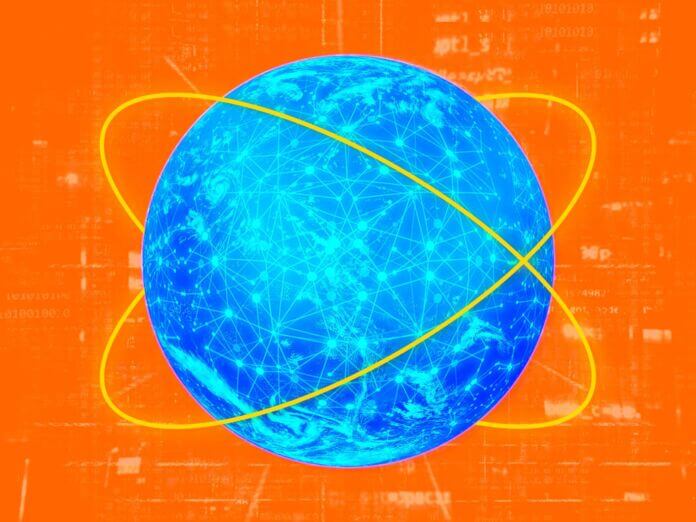
Armando Rodrigues – November 21, 2024
Collected at: https://www.iotforall.com/everything-you-need-to-know-about-lora
LoRa is a proprietary modulation that enables low bit rate, low power, and long-range communications. The metering industry originally developed it, but it quickly became a highly impactful technology in IoT, where devices often need to meet strict power consumption requirements.
LoRa works on license-free sub-gigahertz radio frequency bands such as the EU863–870 ISM band. It can achieve data rates between 0.3 kbit.s−1 and 27 kbit.s−1, depending on a parameter called spreading factor and also depending on the system’s bandwidth.
Due to the characteristics of the modulation, LoRa systems usually have a high link budget and receivers with sensitivities of around −140 dBm are very common. According to Semtech, the proprietary firm, LoRa devices are capable of communications of up to 15 km. Despite this, the world distance record for ground-to-air LoRa communications is 832 km, using just 25 mW of transmitting power. The record for ground-to-ground communications is 212 km.
These results highlight the resilience and long-range capabilities of LoRa technologies and the impact they can have on the IoT industry, especially for long-range, low-power, and low-availability applications.
The LoRa Modulation
LoRa is the modulation used by the physical layer protocol of the LoRaWAN specification, also known as LoRaPHY. It is best described as a Frequency Shift Chirp Modulation (FSCM) as noted by Vangelista:
A close inspection of LoRa reveals that the information-bearing element is the frequency shift at the beginning of the symbol and the chirp is similar to a kind of carrier. For this reason, in our opinion, LoRa is better described as a Frequency Shift Chirp Modulation (FSCM).
A linear frequency chirp, LoRa chirp or, for this article, just chirp, is a signal in which frequency varies linearly with time. Chirps can have a constant positive (up-chirp) or negative (down-chirp) frequency variation. Each LoRa chirp sweeps over the complete range of frequencies representing the bandwidth of the system, BW.
The duration of each LoRa chirp depends on the number of time chips of each symbol. A time chip is a portion of time that depends on the system bandwidth and is given by Tchip = 1/BW. The number of time chips per symbol, C, depends on the spreading factor, SF, and is given by C = 2^SF. Therefore, the duration of each symbol, Tsymbol, is Tsymbol =C×Tchip =2^SF ×Tchip.
Because LoRa systems operate with a fixed bandwidth, the duration of each time chip is fixed as well. Hence, SF is the parameter that really affects how much a symbol “spreads” in time. The higher the SF, the longer the symbol period.

The Modulation Continued
Each LoRa symbol consists of a chirp with a vertical discontinuity located at one of the time chips. This discontinuity is simply a frequency shift from the frequency the signal is at the beginning of the chip to the lowest frequency available.
After the chip, the signal continues the frequency sweep from that lowest frequency until reaching the starting frequency again, covering the whole bandwidth. In other words, each LoRa symbol performs a linear frequency sweep that rolls back to the lowest frequency during the symbol period. This means the number of different symbols, N, for each SF, is equal to the number of time chips (N = C).


The number of bits per symbol, M, is equal to the SF (M = SF). This means that for larger SFs,
each symbol carries more information. At first sight, this might seem to imply that larger spreading factors provide larger bitrates. However, for an increase of 1 in the SF, it takes double the time to transmit each symbol (because we have 2^(SFm+1)/2^SFm = double the time chips).
Increasing the SF lengthens the symbol period, outweighing added bits per symbol, ultimately decreasing the bitrate.
LoRa’s larger SFs boost processing gain and reception sensitivity but lower bitrate due to correlation-based demodulators. Balancing range and bitrate is vital in designing LoRa systems under EU863–870 ISM band duty cycle limits.
Lower bitrates extend transmission time, limiting daily messages a device can send without breaching regulations. Additionally, longer transmissions also result in higher power consumption which is a disadvantage in low-power applications.
LoRaPHY
LoRaPHY is the physical layer protocol of the LoRaWAN protocol stack. Physical layer radio packet formats depend on the type of message, which can be an uplink or downlink message.


The LoRa modulation is proprietary. Nevertheless, by waveform analysis, it is possible to get some information about packet structure at the radio level. As noted by El Rachkidy:
In uplink communications, the preamble consists of up-chirps and the data consists of down-chirps. In downlink communications, the preamble consists of down-chirps and the data consists of up-chirps.
Radio packet preambles, 10–65539 symbols (default 12), help receivers synchronize with incoming data flow.
LoRa packet headers show payload length, error code rate, and optional CRC, included only in uplink messages. Headers also have a mandatory CRC field. The payloads of the physical layer radio packets contain the link layer frames.
This article is based on my master’s dissertation, where I explored the development of compact and efficient LoRaWAN end nodes with a focus on antenna miniaturization and power optimization for IoT applications.

Leave a Reply